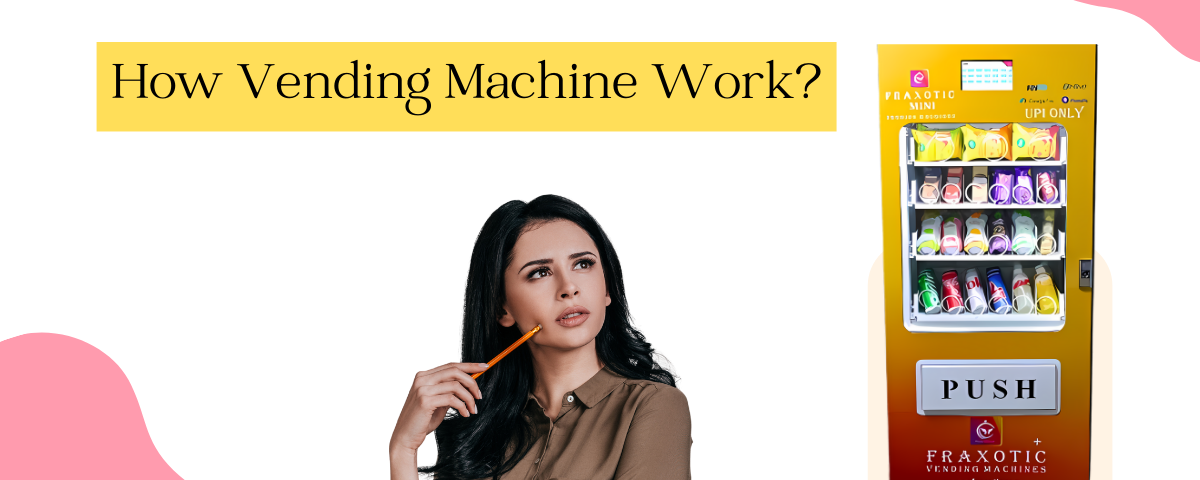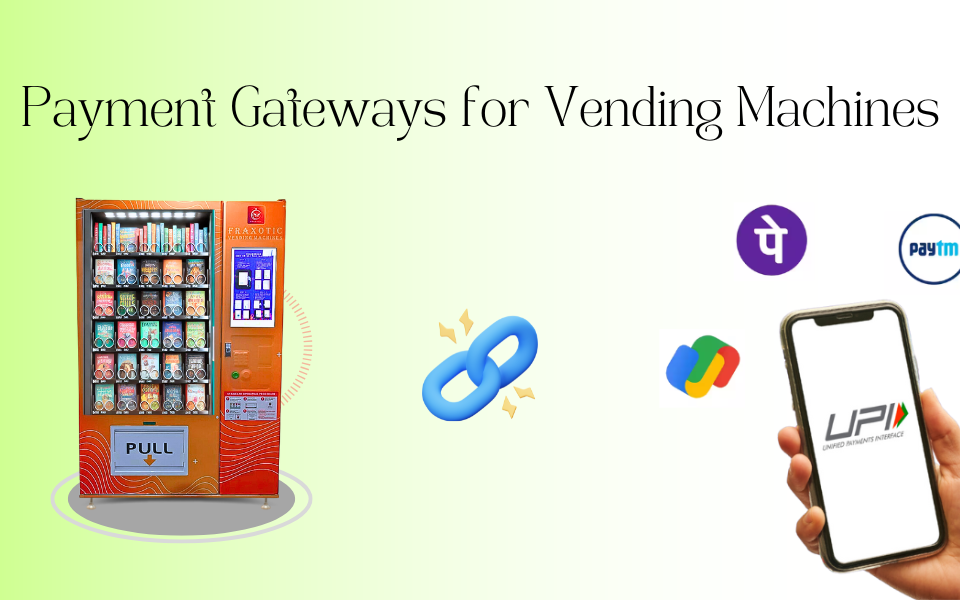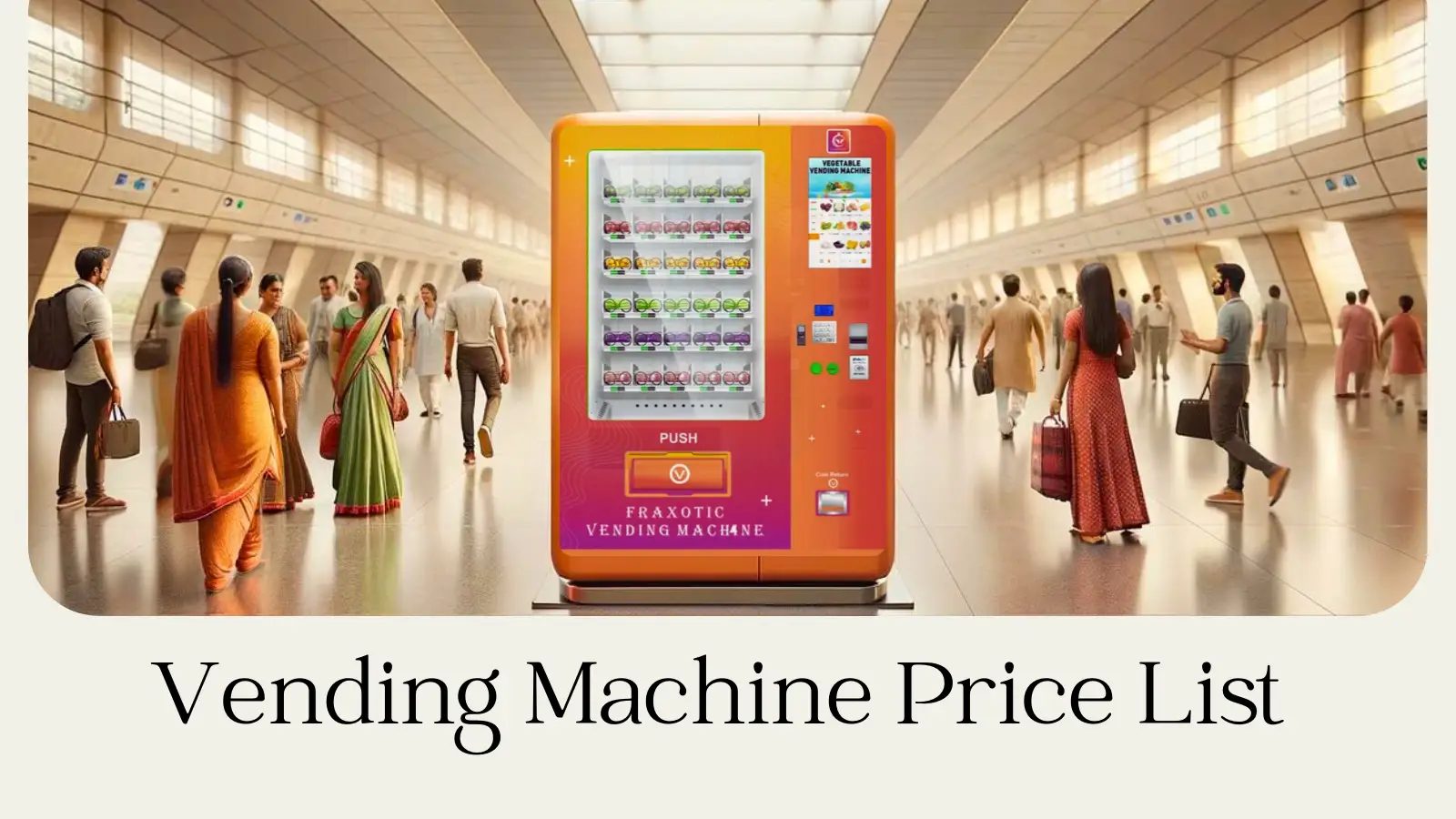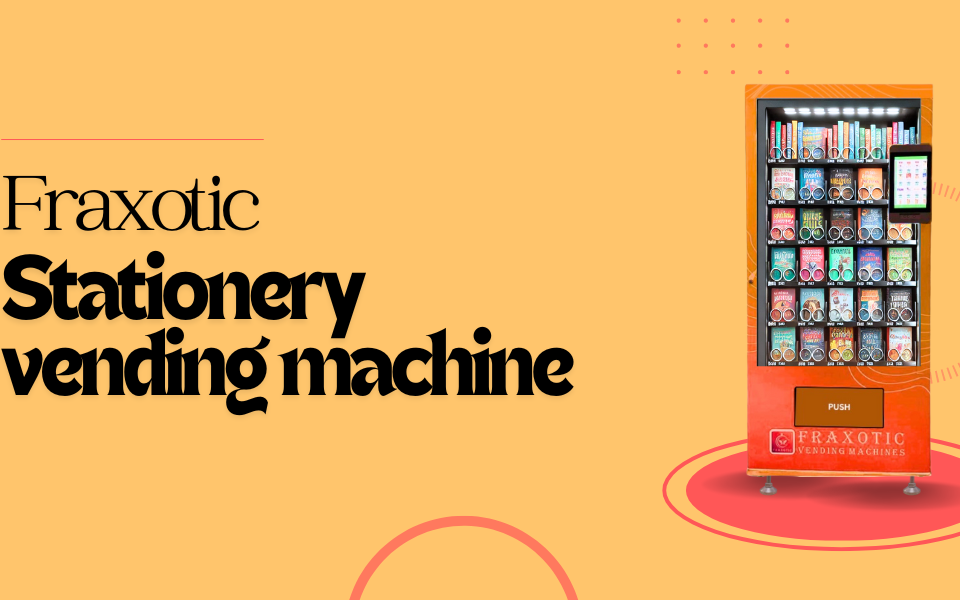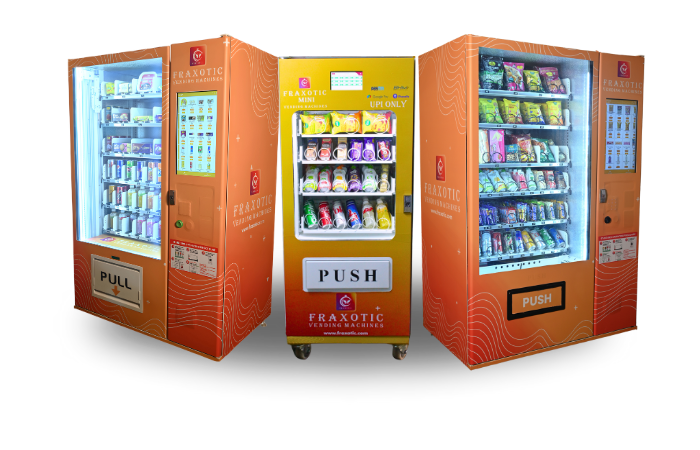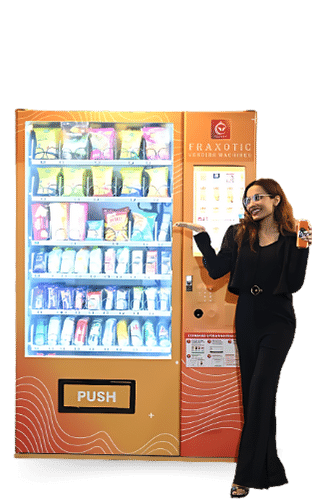
The Power of Office Vending Machines: Boosting Productivity and Employee Well-Being
December 11, 2023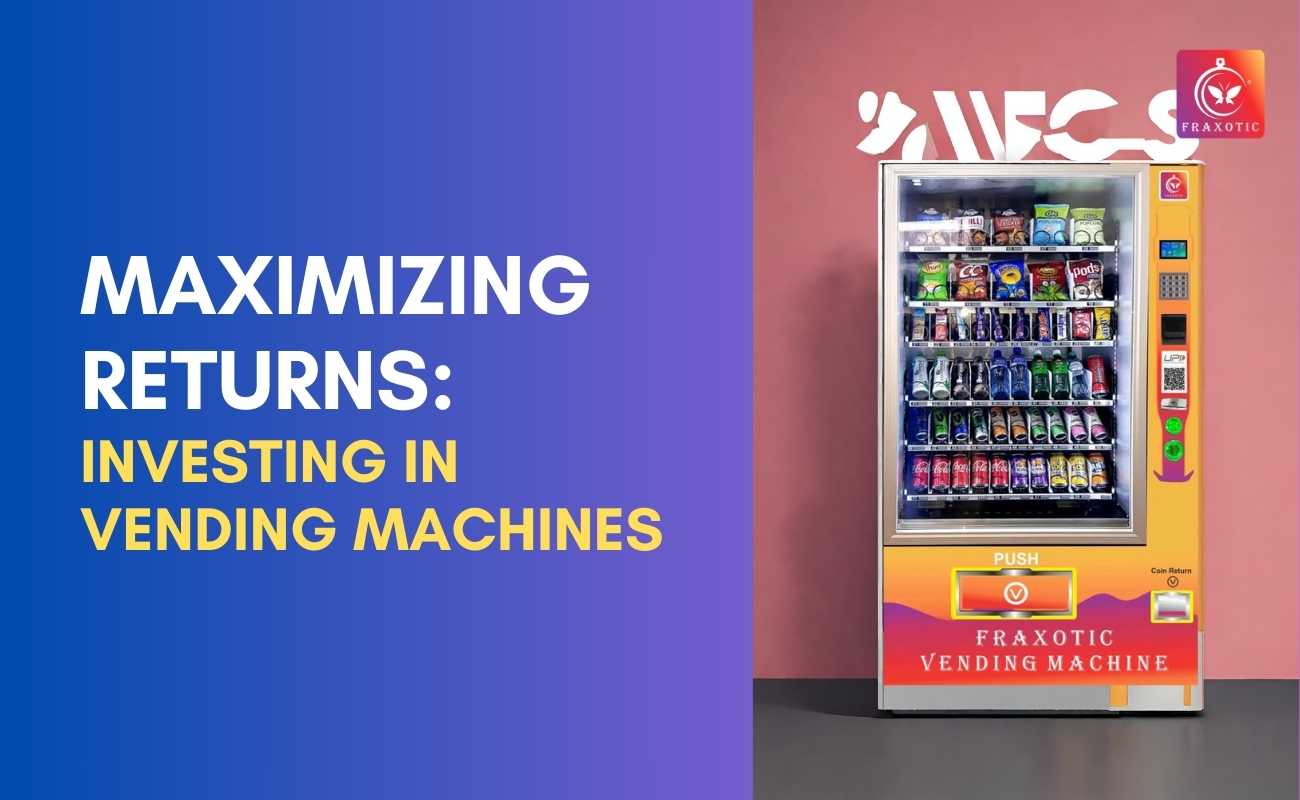
Maximizing Your Returns: The Benefits of Investing in Vending Machines
December 14, 2023Vending machines have become an integral part of our daily lives, offering convenience and a wide range of products at our fingertips. From snacks and beverages to personal care items and even electronics, these automated shops have come a long way since their inception. But have you ever wondered how these machines actually work? In this comprehensive guide, we will take you through the intricate workings of vending machines, from the types of vending machines available to the process of stocking, payment methods, and product dispensing. So, grab a snack and let’s dive into the fascinating world of vending machines.
A Brief History of Vending Machines
Vending machines have a rich history that dates back centuries. The first-ever vending machine was designed by the Greek engineer and mathematician Hero of Alexandria around 215 BC. These early machines were located in Egyptian temples and dispensed holy water in exchange for coins. The concept of vending machines continued to evolve over the years, with the introduction of commercial vending machines in the early 1880s. These machines dispensed postcards, books, and various other items. Today, we live in an era where vending machines have become increasingly advanced and tech-savvy, offering a wide range of products and convenient payment options.
Types of Vending Machines
Vending machines come in various types, each designed to cater to specific products and payment methods. Let’s take a closer look at the three major types of vending machines:
1. Coin Vending Machines:
Coin vending machines are the most basic type of vending machines. As the name suggests, these machines accept coins as the primary form of payment. Customers simply need to insert the appropriate coin into the machine, and in return, they can retrieve their desired product. Over the years, coin vending machines have undergone improvements to address issues like coin jams and product dispensing errors.
2. Cash Vending Machines:
With the evolution of currency, vending machines have adapted to accept cash as well. Cash vending machines allow customers to insert currency notes in exchange for the desired product. This advancement has made snacks and beverages more accessible to a wider audience.
3. Smart Vending Machines:
The latest innovation in vending machines is the emergence of smart vending machines. These machines are equipped with advanced technology and offer contactless payment options such as debit/credit cards, mobile wallets, and QR code scanning. Smart vending machines have revolutionized the vending industry, making transactions more convenient and secure.
The Working Process of Vending Machines
Now that we have explored the different types of vending machines let’s delve into the working process of these machines. While the specific workings may vary depending on the machine and product being dispensed, there are some common elements and mechanisms involved.
A. Stocking the Vending Machine
The first step in the vending machine process is stocking it with products. Vending machine companies typically purchase products from wholesalers and suppliers, ensuring a diverse range of offerings. The selection of products can vary based on the location and target audience of the vending machine. For example, a vending machine in a school may offer healthier snacks and beverages, while a machine in an office building may have a mix of snacks and drinks.
B. Payment Methods
Vending machines offer various payment methods to cater to customer preferences. In coin vending machines, customers insert coins of the appropriate value into the machine. Cash vending machines accept currency notes, which are scanned by a laser or optical scanner to determine their authenticity and denomination. Smart vending machines, on the other hand, provide contactless payment options such as debit/credit cards, mobile wallets, and QR code scanning. These payment methods are processed through the vending machine’s central computer system.
C. Product Dispensing
Once the payment is confirmed, the vending machine initiates the product dispensing process. Different vending machines utilize different mechanisms to dispense products. One common method involves the use of spiral coils or loops that hold the products. When a customer selects a product by entering the corresponding code or pressing a button, the vending machine’s central computer sends a signal to the motor connected to the appropriate coil. The motor then rotates, releasing the product into the dispensing area.
In the case of larger items or beverages, vending machines may employ different systems such as elevator-based mechanisms. These machines have belt trays and elevators that ensure organized storage and dispensing of products. For example, a coffee vending machine may have containers for hot water, coffee milk mix, and other ingredients. These containers are accessed through a smart lift door system and dispensed into cups or containers.
D. Safety Measures
Vending machines are designed with safety measures to ensure smooth operation and customer satisfaction. For instance, some vending machines are equipped with sensors to detect if a product has been successfully dispensed. Laser beams and electronic sensors create a path that is interrupted when a product falls into the drop-box, signaling to the vending machine’s computer that the item has been delivered. This allows the customer to collect their chosen item.
Additionally, vending machines undergo regular maintenance and inspection to address any malfunctions or issues. Vending machine companies have trained technicians who ensure the machines are in proper working order, stock is replenished, and any necessary repairs are made promptly.
Benefits of Vending Machines
Investing in vending machines can offer numerous benefits for businesses and entrepreneurs. Let’s explore some of the advantages of venturing into the vending machine industry:
1. Additional Revenue Stream:
Vending machines provide a passive income stream, allowing businesses to generate revenue without significant ongoing effort. By hosting vending machines, businesses can earn a percentage of the profits from product sales.
2.Convenience for Customers:
Vending machines offer convenience to customers by providing access to a wide range of products 24/7. Whether it’s a quick snack during a break or a refreshing beverage on the go, vending machines cater to the immediate needs of customers.
3. Increased Employee Satisfaction:
Having a vending machine in the workplace can boost employee satisfaction and productivity. Employees can easily grab a snack or beverage without having to leave the premises, saving time and enhancing convenience.
4. Customizable Product Selection:
Vending machine offerings can be tailored to suit the preferences and needs of specific locations or target audiences. From healthy snacks in fitness centers to coffee options in office buildings, vending machines can be customized to cater to different environments.
5. Cost Efficiency:
Vending machines eliminate the need for additional staffing and overhead costs associated with traditional retail operations. Once the machines are installed and stocked, they require minimal ongoing maintenance and supervision.
Conclusion:
Vending machines have come a long way since their early beginnings, offering convenience and accessibility to a wide range of products. Understanding the working process of vending machines, from stocking and payment methods to product dispensing and safety measures, is crucial for businesses and entrepreneurs looking to invest in this industry. With the right product selection and strategic placement, vending machines can provide a passive income stream and enhance customer satisfaction.
So the next time you grab a snack or drink from a vending machine, take a moment to appreciate the intricate workings behind this modern convenience.

